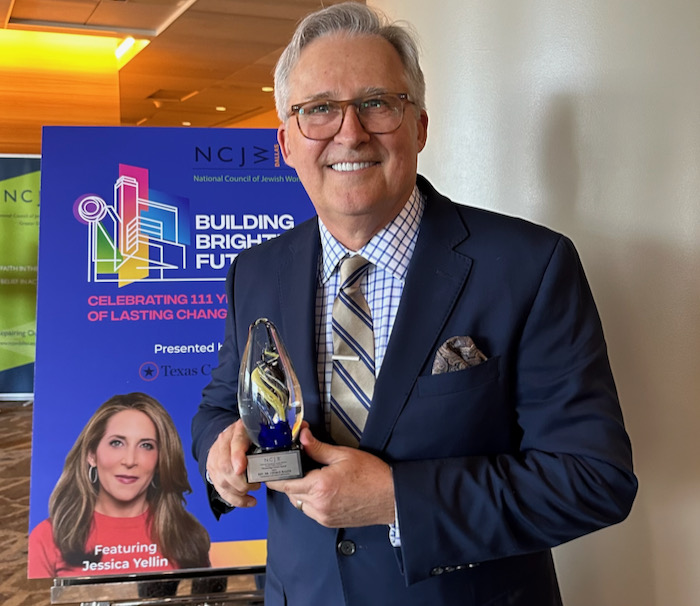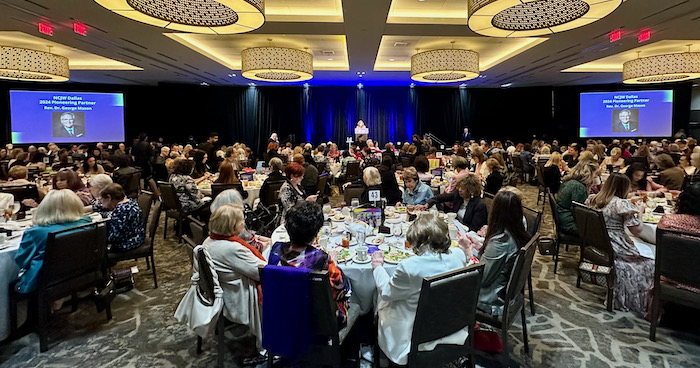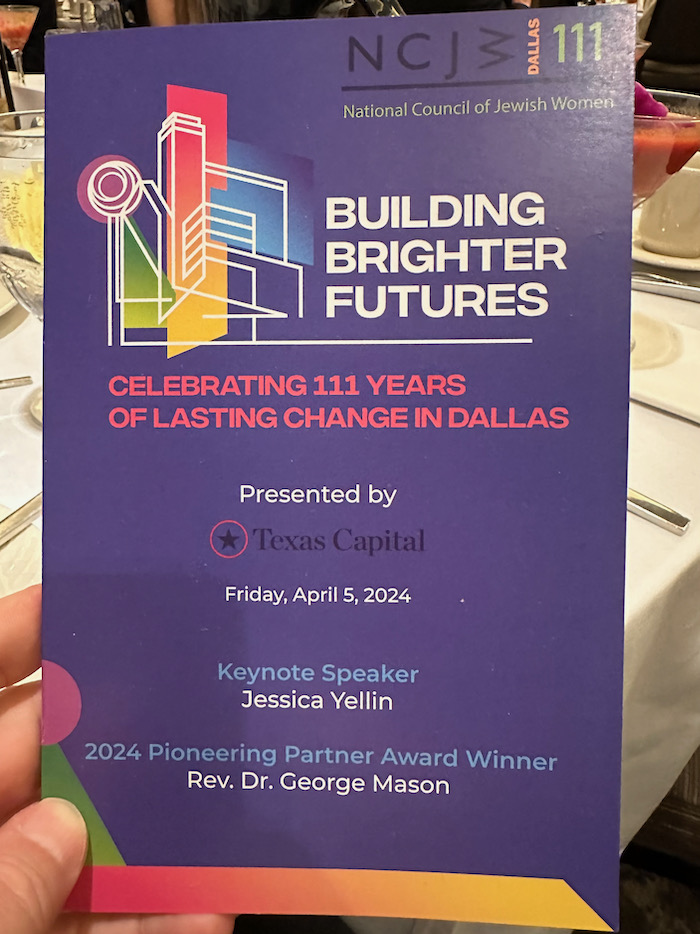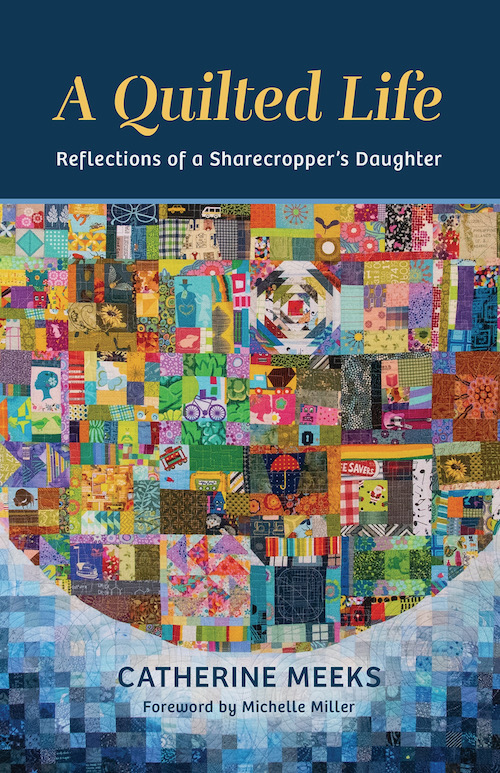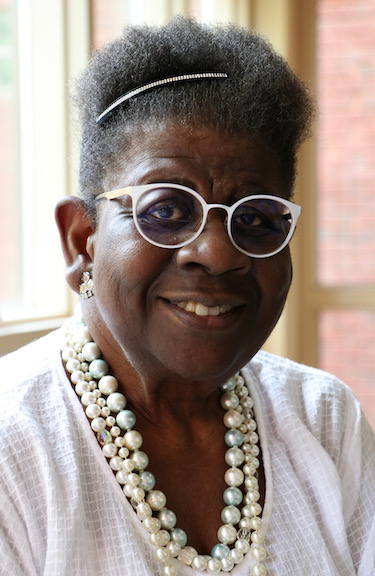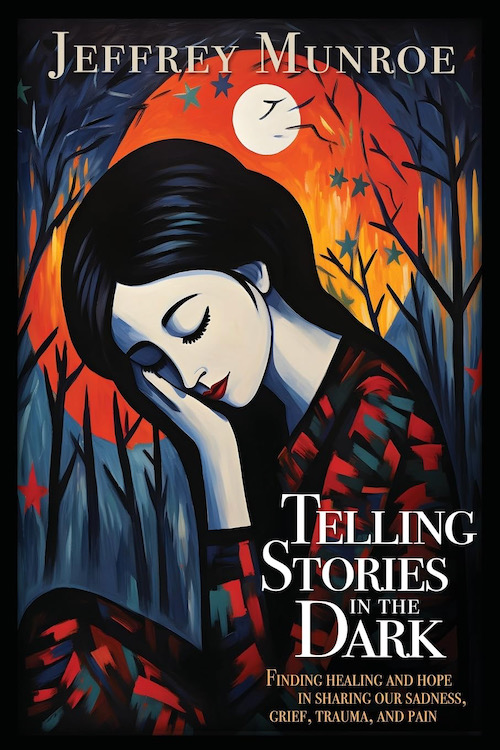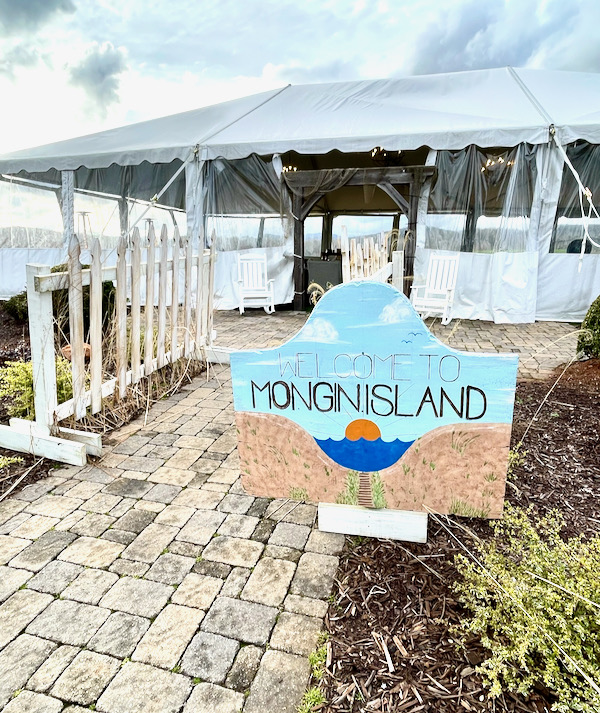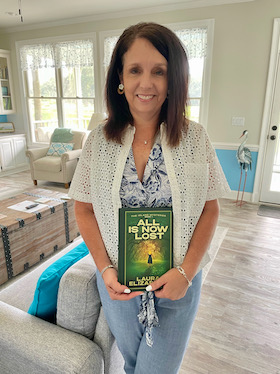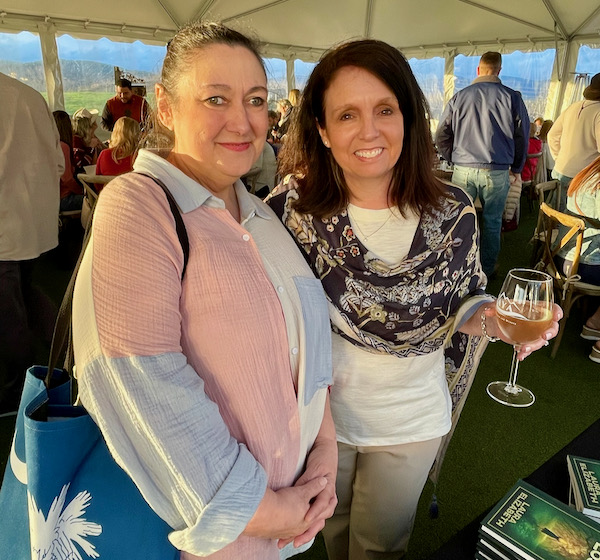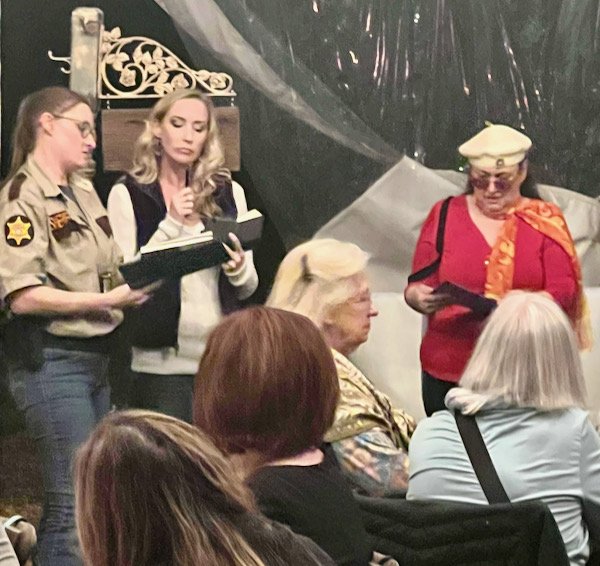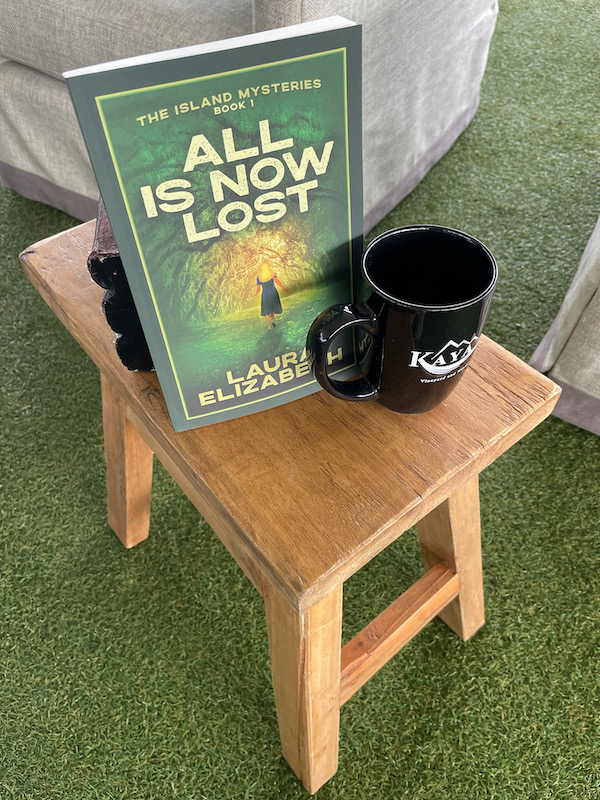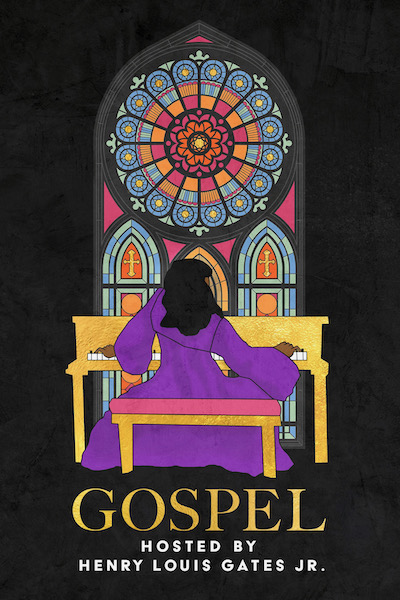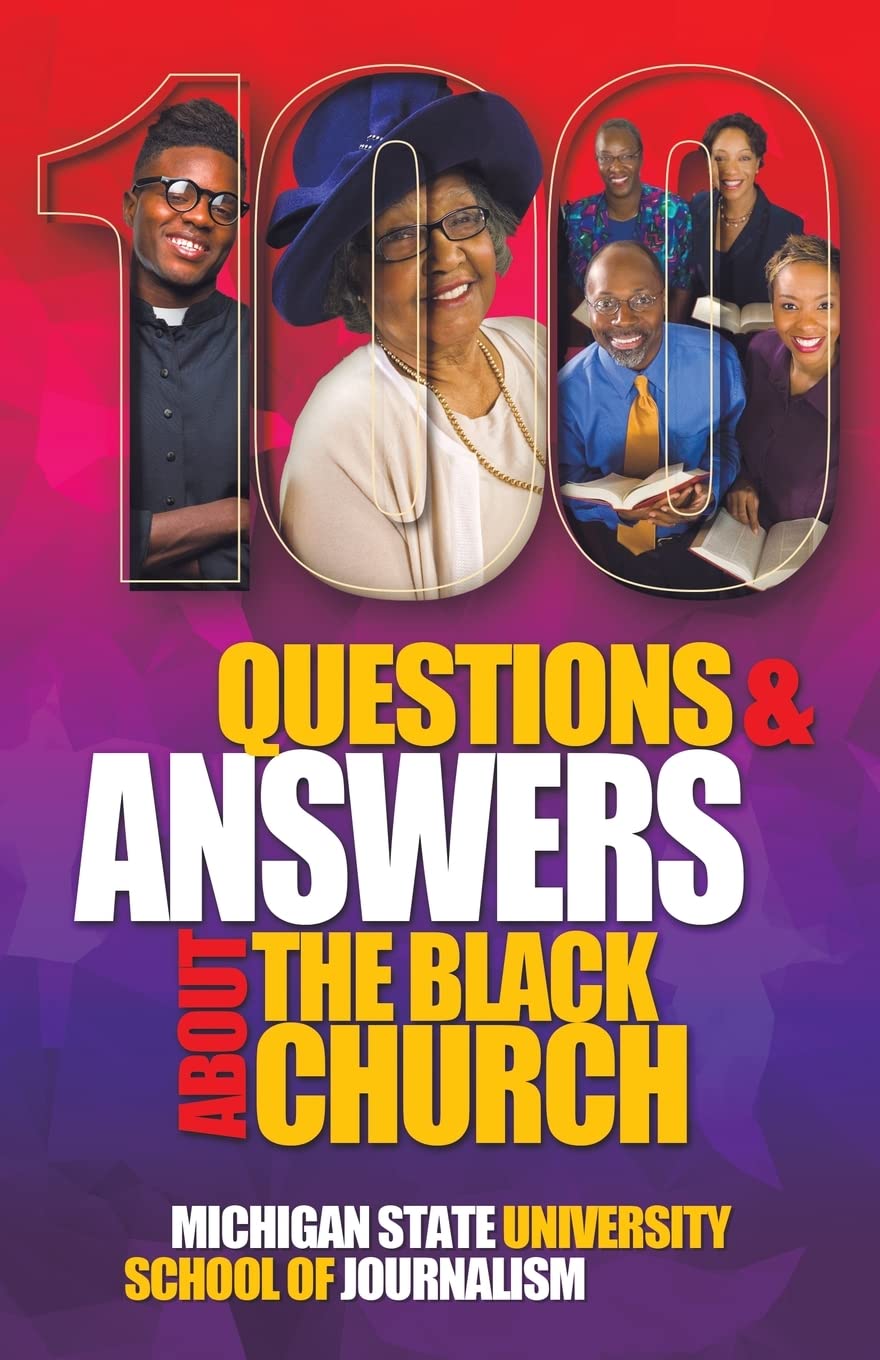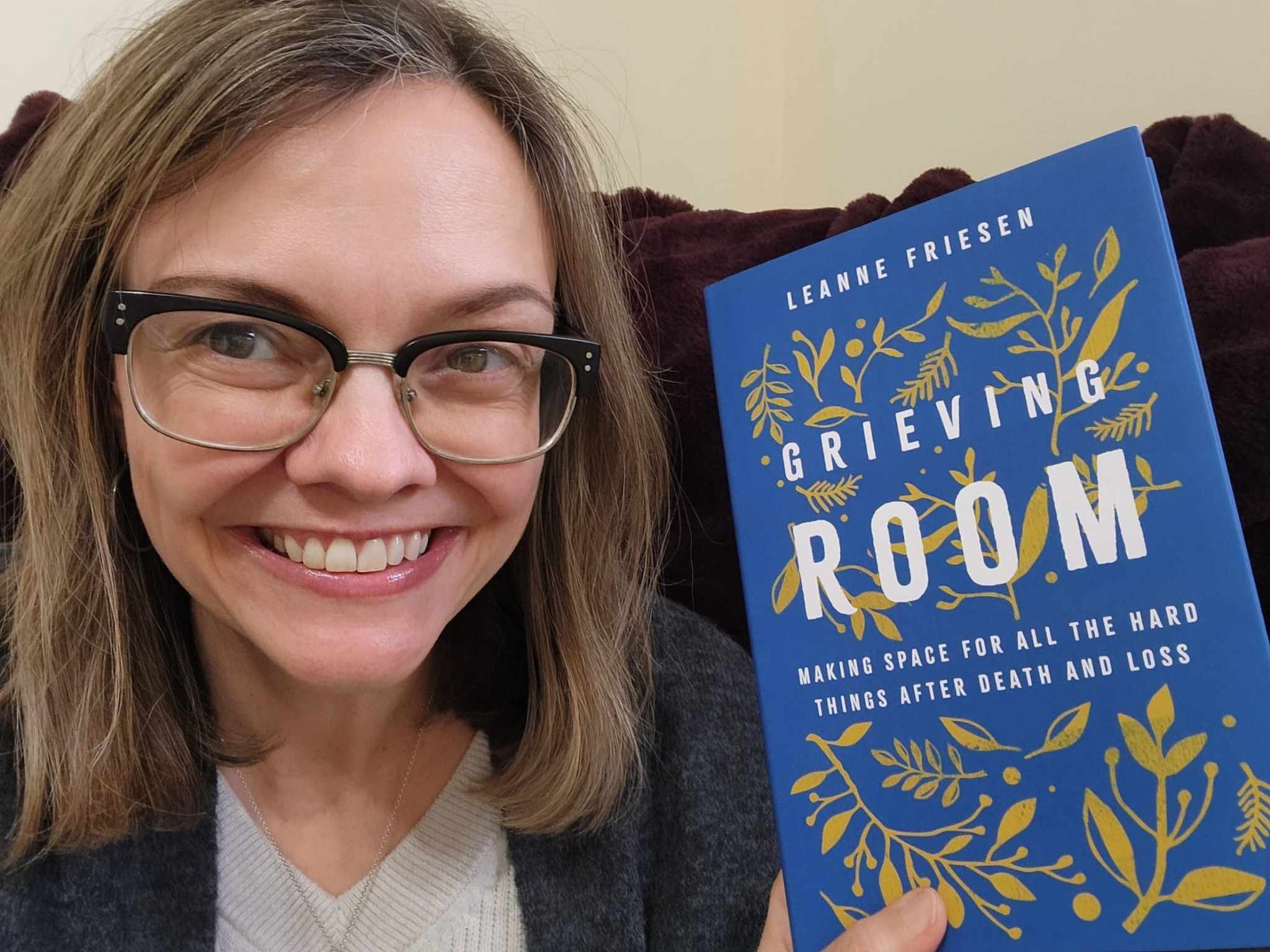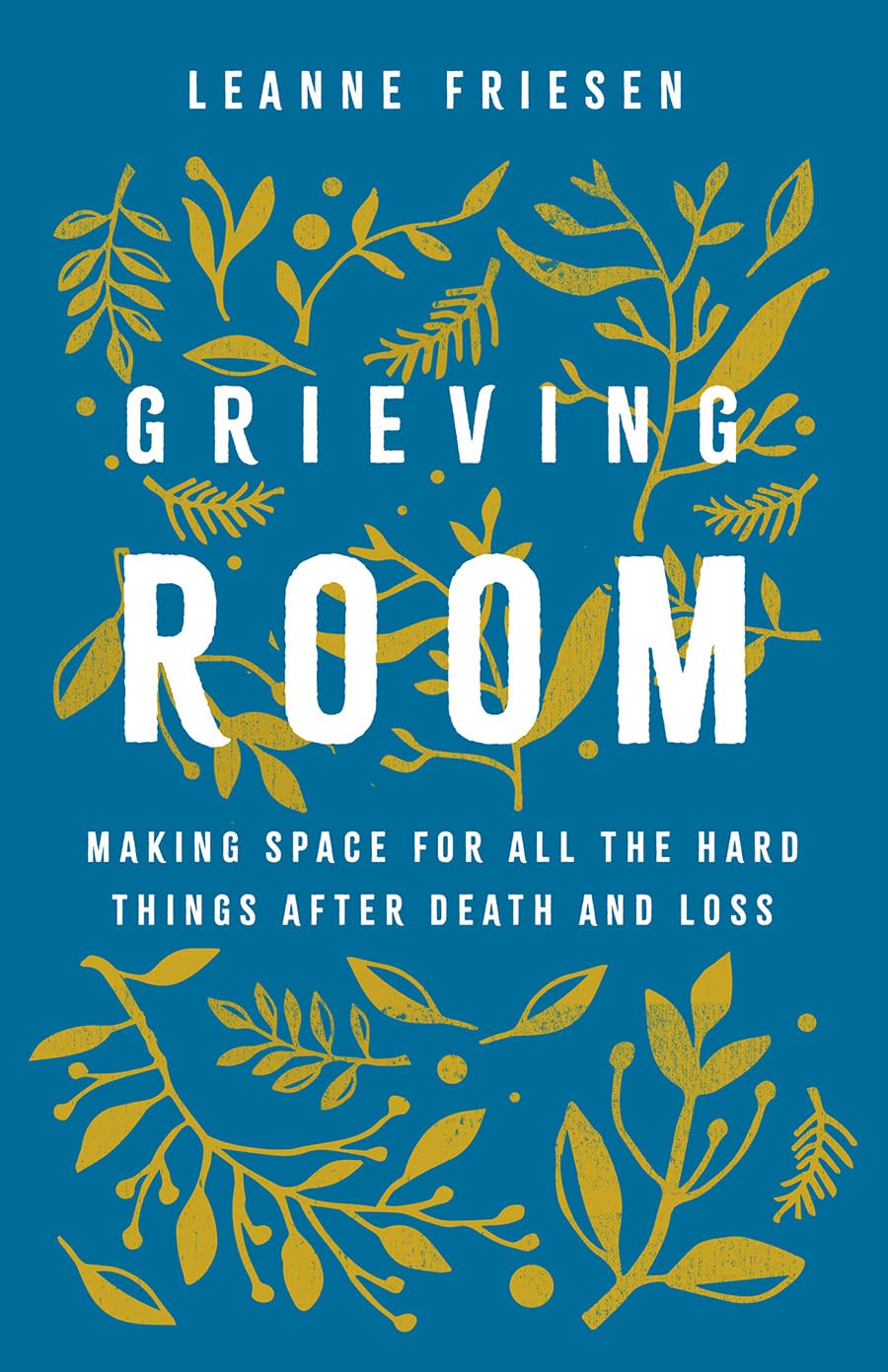Rusty Rosman shows us how she makes—and transports—a family holiday favorite:
Nema’s Traveling Matzah Ball Soup
EDITOR’S NOTE—We are wishing our Jewish colleagues and neighbors well as they prepare for Passover with family and friends—starting on the night of April 22. Right now, Jewish families around the world already are planning for this traditional festival. These special seder meals are a lot of work! Rusty Rosman is the author of the new book, Two Envelopes, and she’s a grandmother who travels with her matzoh ball soup to various family homes as Passover begins—so she has developed a way to make that beloved soup quite portable. If you enjoy her column, please share it with friends across social media. All of us want to warmly celebrate with our Jewish friends at a time when antisemitism has risen to the highest levels the FBI has seen in their tracking of hate crimes.
By RUSTY ROSMAN
Author of Two Envelopes
I’m a very lucky Nema!
My oldest grandson took the name Grandma and turned it into Nema and I’ve been Nema ever since. I love the uniqueness of Nema and now it has an official place in our family history as the official name of:
Nema’s Matzah Ball Soup
And, yes, because we love our grandchildren so much, I have to admit that we’ve also made room for an alternative name for this family delicacy. When my youngest grandson was 5 years old, he couldn’t remember the kind of Nema’s soup he wanted—so he thought really hard and then yelled: “Mozzarella Soup!”
This coming week, I will be serving up this delicious soup to those eager grandchildren—whatever they manage to call it.
Matzah Ball Soup had its origins as a Passover food because matzah is a major part of the biblical story. These balls are made of very finely ground matzah flour that is only allowed to rise for 18 minutes. The matzah balls in chicken soup were so dearly loved that they became year-round delights.
Every year during Passover, there’s always the question: Did your grandma make hard or soft matzah balls? What’s your preference?
My family loves the soft. My six grandchildren firmly believe that every holiday meal menu is just Nema’s Matzah Ball Soup! Each child must have 3 matzah balls in their soup bowl—and there should be more in the pot if they want seconds.
So, here’s the story of Nema’s matzah ball soup.
 I begin days ahead of a holiday because I make so much.
I begin days ahead of a holiday because I make so much.
For the broth, I use 20 pounds of kosher chicken, the full sleeve of celery and three big carrots, six large onions, the whole bundle of parsley and dill and 3 large parsnips. And of course, salt and pepper.
First, the chicken is divided between two 20 quart pots which I cook at the same time. I put in the chicken, the salt and pepper and then cover the chicken with water—plus not too much more. Then the vegetables go into the pots.
I cook this for 3 hours.
Then the fun begins. I separate the vegetables into different bowls; the chicken goes into a huge bowl; and my husband pours the soup through a strainer into another huge pot. I push the green vegetables through the strainer so I get the liquid but not the green stuff.
Remember—we’ve been working with two pots. Now, I wash one of the pots, put a strainer over the pot and put a large piece of paper towel in the strainer. Then, using a one quart pot, I pour hot soup into the strainer with the paper towel, which picks up all the little particles that I don’t want in the soup. I keep changing the paper towel until all the soup has been stained. Now I have a very clear soup.
Just like my mom did, I push the carrots through the strainer so they go into the soup as tiny pieces. My husband does the heavy lifting of the pot so, after it cools for a few hours, we put the pot into the refrigerator (on a towel) where it sits overnight. The next morning, he lifts the pot out of the refrigerator and puts it into the sink—it’s so much easier on my arms than when the pot is up on the counter. I run paper towel over the top of the soup to skim the congealed fat from the chicken.
Once it’s clear, I stir the soup so the carrot is all around and not sitting on the bottom of the pot. I freeze the soup by the number of soup plates I’m serving. (Example: A gallon-size zip-lock bag will hold 6 servings; the quart size holds 2 servings.) Next, I carefully—really very carefully—lay the bags on the freezer shelf one on top of the other. Then, I pray that I sealed them well and they won’t leak! It can take up to 24 hours for all of the bags to freeze solid.
Then it’s time for matzah balls!
My gorgeous grandchildren can easily go through 50 in one holiday and that’s not counting the 6 adults! I make a dozen matzah balls a day. (The recipe’s on the box.)
I freeze those on a cookie sheet covered in parchment paper. Once they’re frozen, I bag them and back into the freezer they go.
This goes on for days!
Finally, it will be travel time. Since my children live in different states, we drive for hours to get to their homes. So, I take one of the 20 quart pots and load it with the frozen soup and the frozen matzah balls. They travel well that way. The fun begins when we arrive and the kids start counting the matzah balls and jostling to see who gets to carry them into the house!
I am the luckiest Nema in the whole world because 6 wonderful grandchildren hug me and tell me that I make the best matzah ball soup in the entire world. And I believe them because that’s all they want to eat at the holiday dinner.
I have two grandchildren that even eat it for breakfast!
My joy in making this soup overrides all the work—and it is a lot to do! But the fun I have thinking about how happy my family is to eat this soup makes it a pure pleasure to create this memory.
I am the luckiest Nema in the entire world.
.
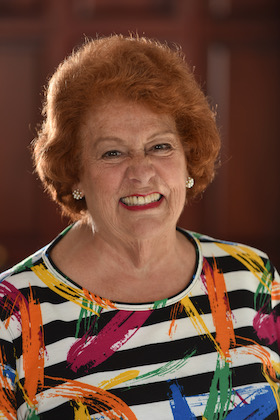
Photo by Rodney Curtis
www.RodneyCurtis.com
@rcurtis on Twitter
@that_rodney_guy on Instagram
[email protected]
Care to learn more?
VISIT RUSTY ROSMAN’s author website to learn much more about her new book: Two Envelopes—What You Want Your Loved Ones to Know When You Die.
In 2024, Rusty is considering lots of requests to appear on podcasts, in interviews, and in community groups either in person or via Zoom. She is especially popular in small groups both Jewish and Christian congregations—and meets with groups of professionals who care for our millions of aging loved ones.
Care to connect? Scroll down on her author website to learn how to contact her.
Interested in her book? Two Envelopes is available via Amazon in hardcover, paperback and Kindle. It’s also listed on Barnes & Noble, Walmart and other online booksellers.

